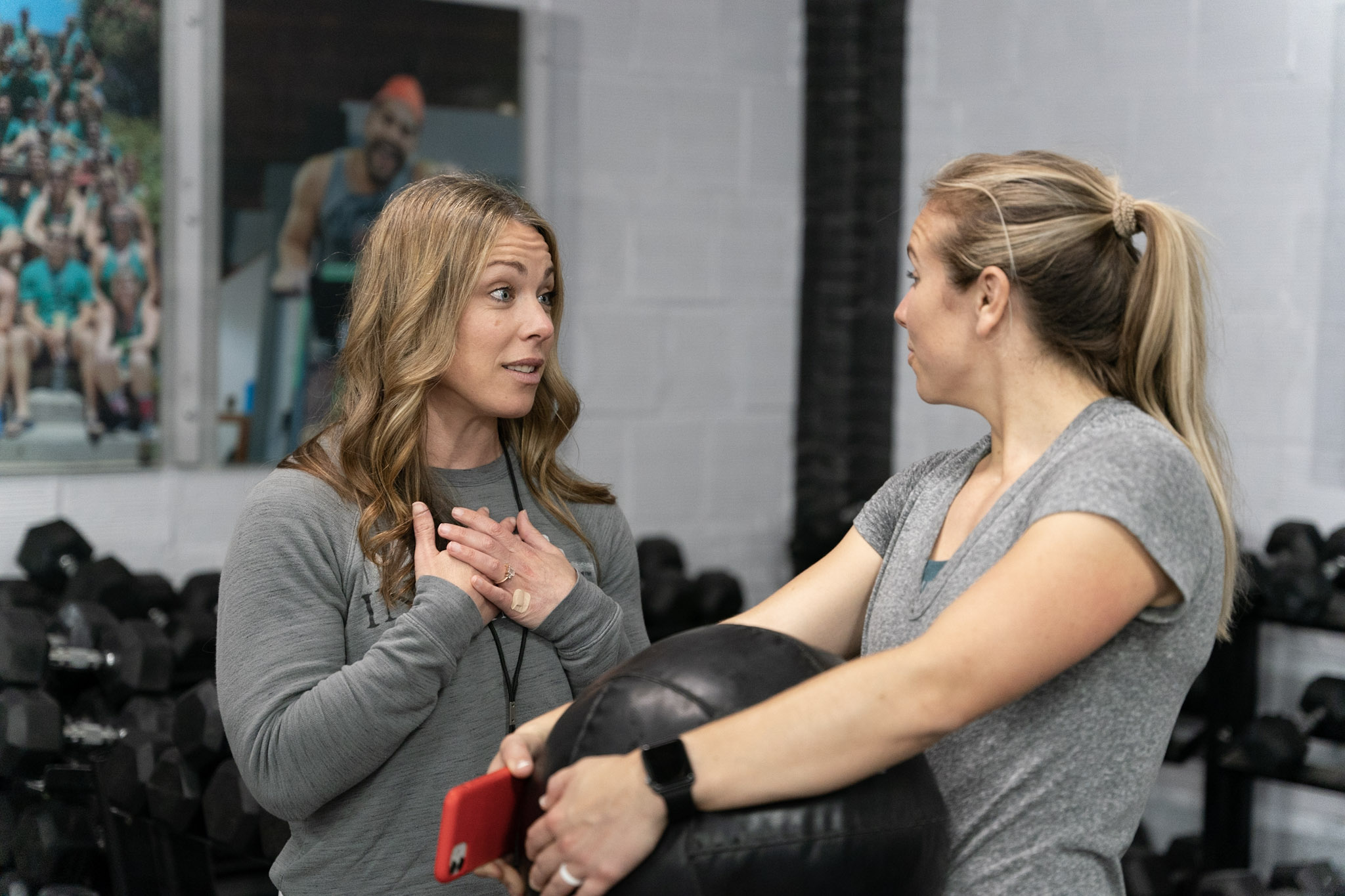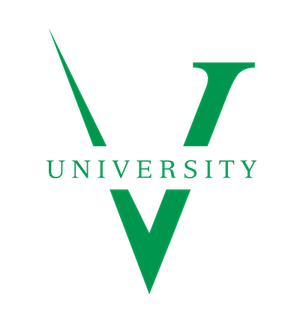
Coaches: Are you Under Preparing or Overcoaching?
Written by Kirsten Ahrendt
Have you ever coached a class and felt ineffective, or as though you could’ve done better? These feelings can be influenced by MANY factors, not all of which are exclusive to the coach, but good coaches always start with themselves when evaluating areas for improvement. While we can’t control all the external variables, two simple ones that coaches can control are our preparation and how/when we teach. This breaks down more simply to: under preparing or overcoaching.
Coach Preparation Tips
Here are two things to consider when planning for a group session and for giving coaching feedback during that session.
UNDER PREPARING
Every coach out there has experienced this. It can happen when you’re a novice or a seasoned expert. It happened to me last week when coaching a super “simple” program. I under prepared and suffered the consequences of being far less effective and impactful as I had hoped for. A good kick-in-the-ass reminder that you are never too seasoned to make a plan and think ahead. Under preparation often results in a class that is “fine”, but not great. You better not be charging too much for your membership if that’s how your coaches roll on a regular basis. There’s so much a coach can do to prepare. Here’s a few ideas:
Write out an effective warm-up. Does your warm-up prepare the body for the work to come, as well as teach and demonstrate potential substitutions and customizations? The most effective coaches make their coaching decisions pull double-duty as much as possible. This saves them time and creates multiple opportunities for learning, demonstrating, and teaching.
Identify and write out 2-3 points of performance (on the whiteboard) that you will coach and reference throughout class. Stick primarily to covering just those. Rambling will put you on the fast track to Ineffective City.
Prepare equipment & class logistics beforehand. Sending a large class to grab multiple pieces of equipment is asking for “dead minutes” – AKA time lost in transitions. If you want ab-wheel rollers, glute bands, or rowers used in the workout, try to have them out beforehand. It’s a simple way to control some logistics in class and demonstrate to the members you cared enough to be on the floor and fully prepared before class even began.
Masters don’t “wing it”, even if it looks like they do. The thought process, ability to factor multiple variables, and speed of decision-making from highly experienced coaches can make it look like those senior coaches are “winging it”. The best of them are not. They’re actually able to process extremely quickly on the spot due to years of experience. When coaches “wing it” on the floor, they are less likely to maximize the program’s or their coaching potential. Also, “winging it” ≠ responsive in-the-moment coaching.
OVERCOACHING
This often comes from a well-intentioned coach who wants to over-deliver (or a control freak). Admittedly, I have both tendencies, so I’ve definitely been guilty of overcoaching classes before. This commonly occurs when a coach is trying to be more effective but hasn’t mastered the sweet spot of “how much and when” as it relates to teaching and moving. Overcoaching often results in a class that feels like it’s missing “flow”. It stems from a good place – a desire to deliver value, but the execution is muddled. To throttle back from “overcoaching”, consider the following:
Coaches can’t fix everything in one class. Selectively identify what you will focus on. Spreading your coaching “target” amongst too many focal points will decrease the impact of each of them.
Layer in the teaching. Drip education, cues, and reinforcement of the focal points throughout the entire class, not just the 15-minute warm-up and whiteboard brief. A lot of well-intentioned coaches over-coach the brief or warm-up. Sprinkle your teaching in throughout the class to maximize attention and comprehension.
Timing is everything. WHEN you deliver feedback and education matters and also how much you deliver at once. Consider giving only one cue at a time, even if you see multiple areas that could be addressed. Some opportunities for teaching include:
- Immediately after a movement
- During an isometric hold (plank, hollow, wall sit, hang, etc.)
- In between work intervals
- Midway through strength or skill sets
- In a workout debrief rather than during the workout
Don’t mistake “more coaching” as “effective coaching”. Just like with training – more is not better. Better is better. When coaches love to “teach”, it’s imperative they hone their focus and vary the ways in which they teach. This may mean asking more questions rather than telling clients what you see.
Coach Preparation In Summary
Seek opportunities to provide deeper value in “simple” classes with thoughtful preparation. Identify and narrow your coaching focus in “complex” classes to avoid overcoaching.
Underprepartion is simple to counteract. Put in the time, think through the class, and identify what you want the class to focus on and achieve by the end, and any obstacles that could arise to throw a wrench in your plan – class size, movement complexity, tardiness, volume of work are all variables to think through. Consider:
Outlining an effective and efficient warm-up. Does your warm-up prepare the body for the work to come, but does it also teach and demonstrate potential substitutions and customizations? The most effective coaches make their coaching-decisions pull double-duty as much as possible.
Consider adequate time needed for transitions between elements so class runs on time, and you don’t have to sacrifice a teachable moment in order to be on time. Have equipment pre-staged if necessary and allowable.
Identify & prepare key points of focus for the day. Ten coaches will identify 10 different focal points – so there is no right or wrong answer. Just make sure you identify and focus on less than 3. Nothing disengages a class’s attention span or diminishes a well-intended brief like ineffective communication. Be prepared & be concise. Write it, say it, ask it in question form, engage with the class. Rambling, lack of coherence, and too many points of focus diminish effective coaching.
Demonstrating movement. You’ll save time from questions if you physically demonstrate movements, and give clients opportunity to practice reps before the real work begins. See above: plan an effective warm-up.
Invictus University Coach Preparation
This is just one of many topics covered in our Invictus University curriculum – a self-paced course created to help coaches improve those intangibles of coaching both group fitness and individual sessions.
